Time Flows Slow & Food Disappears Fast in Jeonju
The old description of Jeonju is “Honam Jeil Sung”, translated as “the great city of Honam” (Honam: Region including both North & South Jeolla province). This is where the throne of the Joseon Dynasty was born and that just might be the reason why the city is considered to be filled with the most “Korean” qualities. You’ll come across hundreds of traditional buildings, people wearing traditional dresses, and restaurants serving the most authentic traditional dishes.
 YouTube | Ha Gerard
YouTube | Ha Gerard
The first thing that Jeonju will greet you with, is the Honam Jeilmun Gate. Built in 1977 as a symbol of pride and tradition of Jeonju, passing this gate tells you that you have officially entered the city. With this gate, I feel like it makes the first impression of the city as one that truly appreciates Korean history and the inherent beauty of the country.
 Wikimedia Commons
Wikimedia Commons
Out of the four city gates of the Jeonju fortress back in the Joseon Dynasty destroyed in the 1597 war, only the Pungnammun Gate was rebuilt in 1734. Although it went through another hardship in 1767 being damaged by a big fire, it was restored soon after. Now this gate is the 308th designated treasure of Korea and is where tourists visit to appreciate and admire. Not too far from this gate that lived through history, is a village that Jeonju is most known for: the Hanok Village.
 Doopedia
Doopedia
The Hanok (Korean traditional building) Village was what certified the whole city of Jeonju as a Slow City by Cittaslow International. With all the historic architecture around the city, Jeonju fitted exactly to Cittaslow’s goal of slowing the pace of towns to preserve traditions! This little village filled with Hanoks was made in the 1930s. From 1905, thousands of Japanese immigrants settled in Jeonju, as the Japanese occupied the country. In 1934, the foreign influence was going out of hands, having Japanese merchants dominating the main Jeonju streets. As a movement against the Japaneses’ expansion of power, the Korean locals started building Hanoks around Kyo-dong and Pungnam-dong. These buildings made a strong contrast to the surrounding Japanese and Western-styled buildings making a strong statement, as well as an eccentric colour to the city of Jeonju itself. The Japanese-styled houses around the original Hanok Village are now mostly remodelled into Hanoks, which further enlarged the beautiful historic village.
 KKday
KKday
Up to the 1990s, the Hanoks were normal residential houses, which explains all the schools located inside the Hanok Village. Starting from the early 2010s, the place started spreading its name worldwide as a must-visit tourist destination. With the picturesque mix of Korean and Western-influenced buildings like the Gyeonggijeon Shrine and Jeondong Cathedral Church, a walk around the village is one you should never miss on your trip to Jeonju! There are plenty of Hanbok rental shops inside the Hanok Village, so I recommend you have your experience at the traditional city even more special in a traditional dress!
 Isabel Bang
Isabel Bang
There are a lot of places to visit in the Hanok Village like the Royal Portrait Museum and the Shrines, yet one that I personally recommend is the Omokdae lookout. The Omokdae building itself is an appreciable architecture, and the view of the Hanok Village at the lookout is just spectacular at sunset. The photo above is the one that I took back in 2017, and I have been missing the scene ever since.
 Google Images
Google Images
The Hanok Village isn't just known for its architecture, but also the FOOD. The place is overflowing with finger-licking street food and restaurants with Jeonju’s specialities. Jeonju is most known as the home of Bibimbap, the world-famous Korean traditional mix-up rice bowl. Hence, you’ll see a lot of snacks in the village fusioned with it like the Bibimbap Waffle, Bibimbap Korroke, etc.
 Living Nomads
Living Nomads
Bibimbap in Jeonju is treated like a gourmet dish with only the best and freshest ingredients, unlike anywhere else. If you ask me, I recommend you just snack at the Hanok Village and for a meal, go to any restaurant outside it. Rather than well-presented tourist-friendly ones, the oldest and the scummiest-looking restaurants in Jeonju will probably have the food of your lifetime. Nonetheless, it’s a must to try a high-class Hanjeongsik (Korean full course meal) place in Jeonju. There are places that offer you the full course King’s meal, and you’ll see that the Jeolla-do province isn’t called the “Place of Taste” for nothing.
 Jeolla Bukdo Total Tour
Jeolla Bukdo Total Tour
I would love to talk about more places that I visited and loved. Like the Youth Market where you can find cute handmade goods, the insta-worthy Jaman Mural Village with hidden mural art found around the streets, and Gaekridan-gil Road cafés and dessert places. Yet, you can never miss local markets when you visit any city in Korea. The Nambu Market in Jeonju is one of them, a true living history from over a hundred years ago. I’d like to suggest visiting the night market that opens at 6pm on Fridays and Saturdays for more street food, and for the cultural performances that take place now and then.
I’ll finish off this K-City Tour with a link to Feel the Rhythm of Korea video of Jeonju, that I adore. It features a number of beautiful places and scenes of Jeonju and Hanboks stunningly pulled off by models of around the world! Plus, here’s an old photo of me wearing a Hanbok during my trip in the Jeonju Hanok Village xx










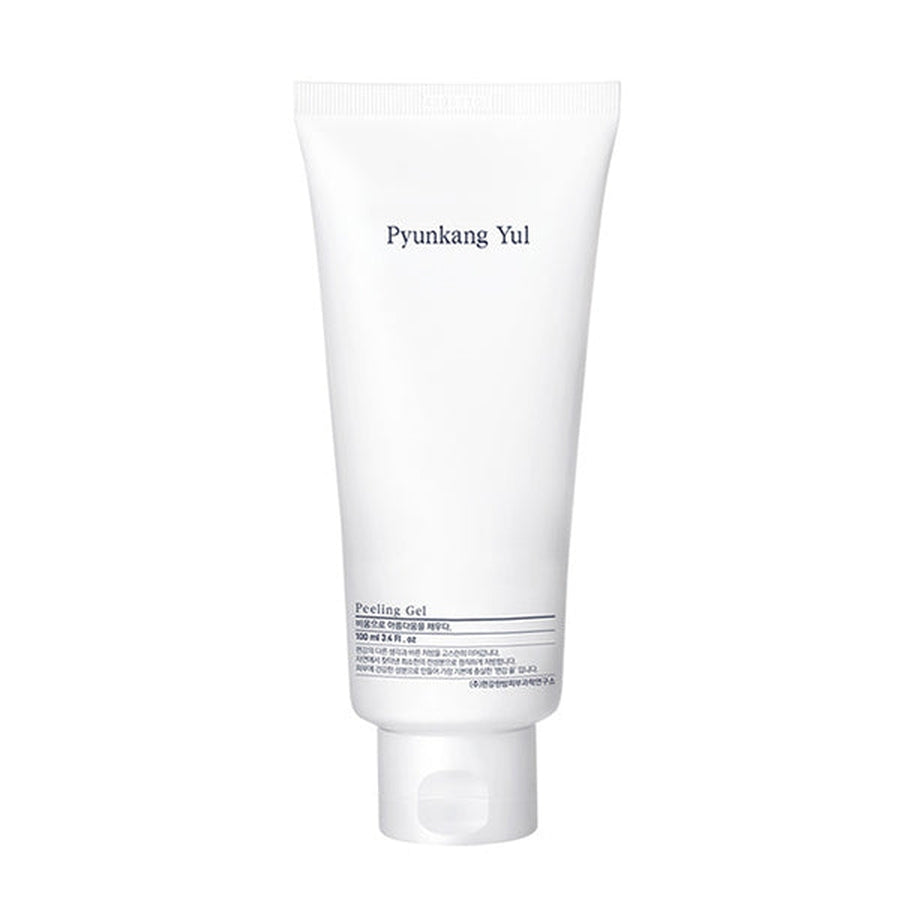

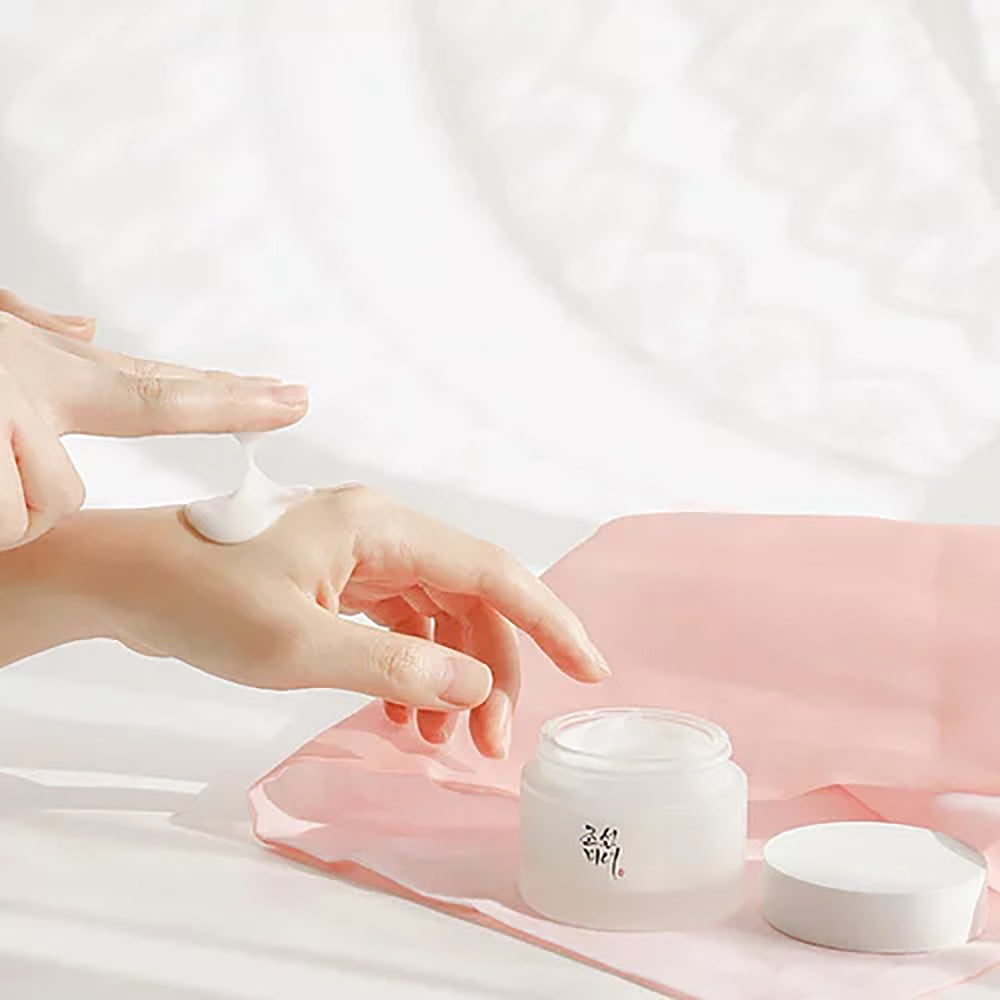



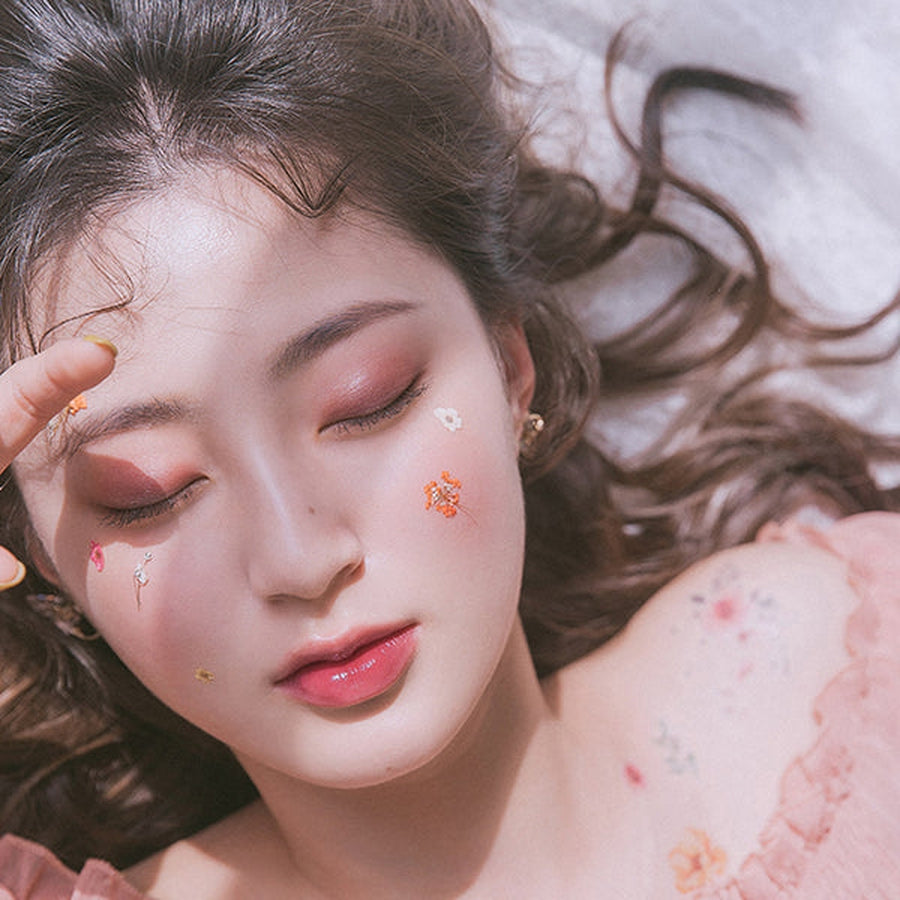



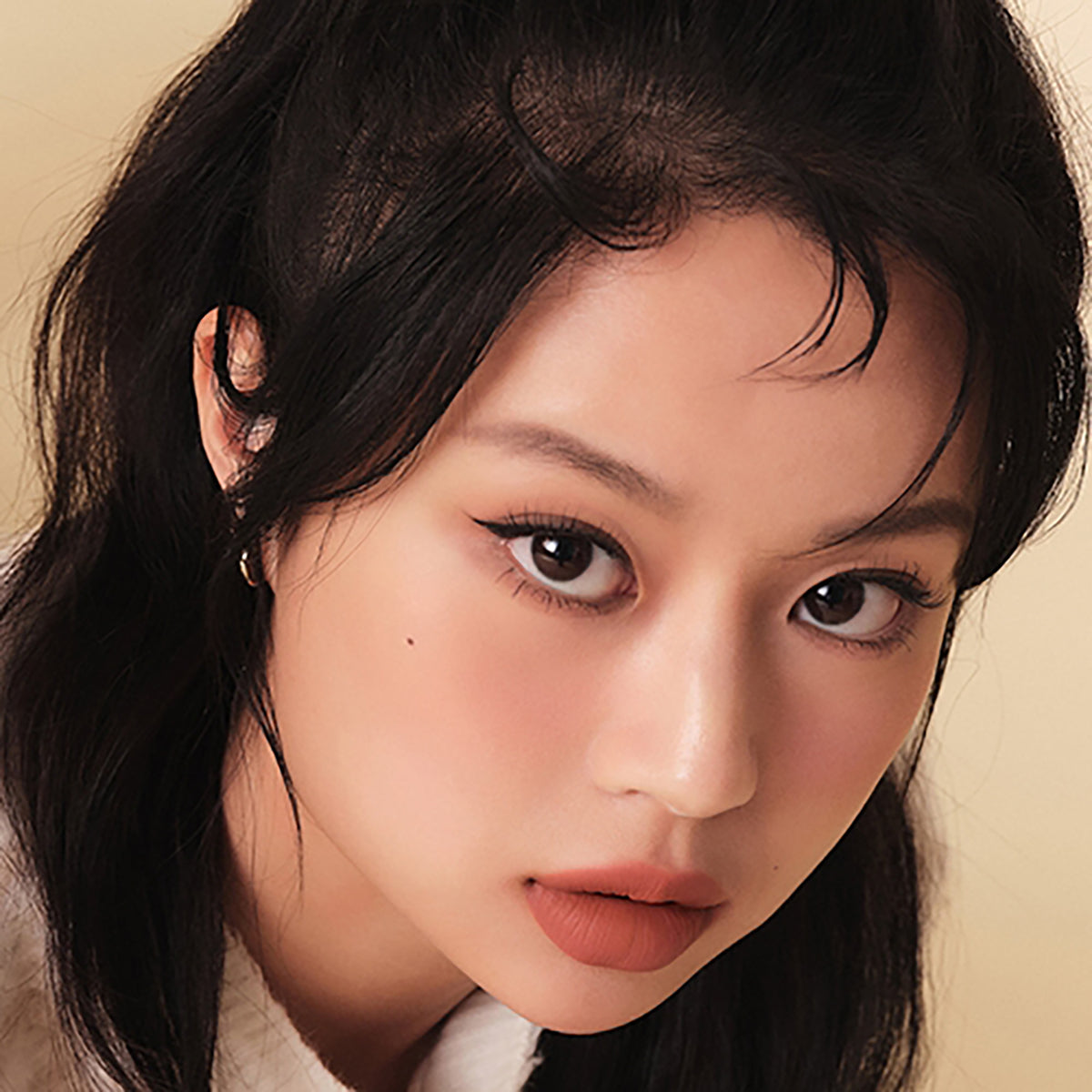


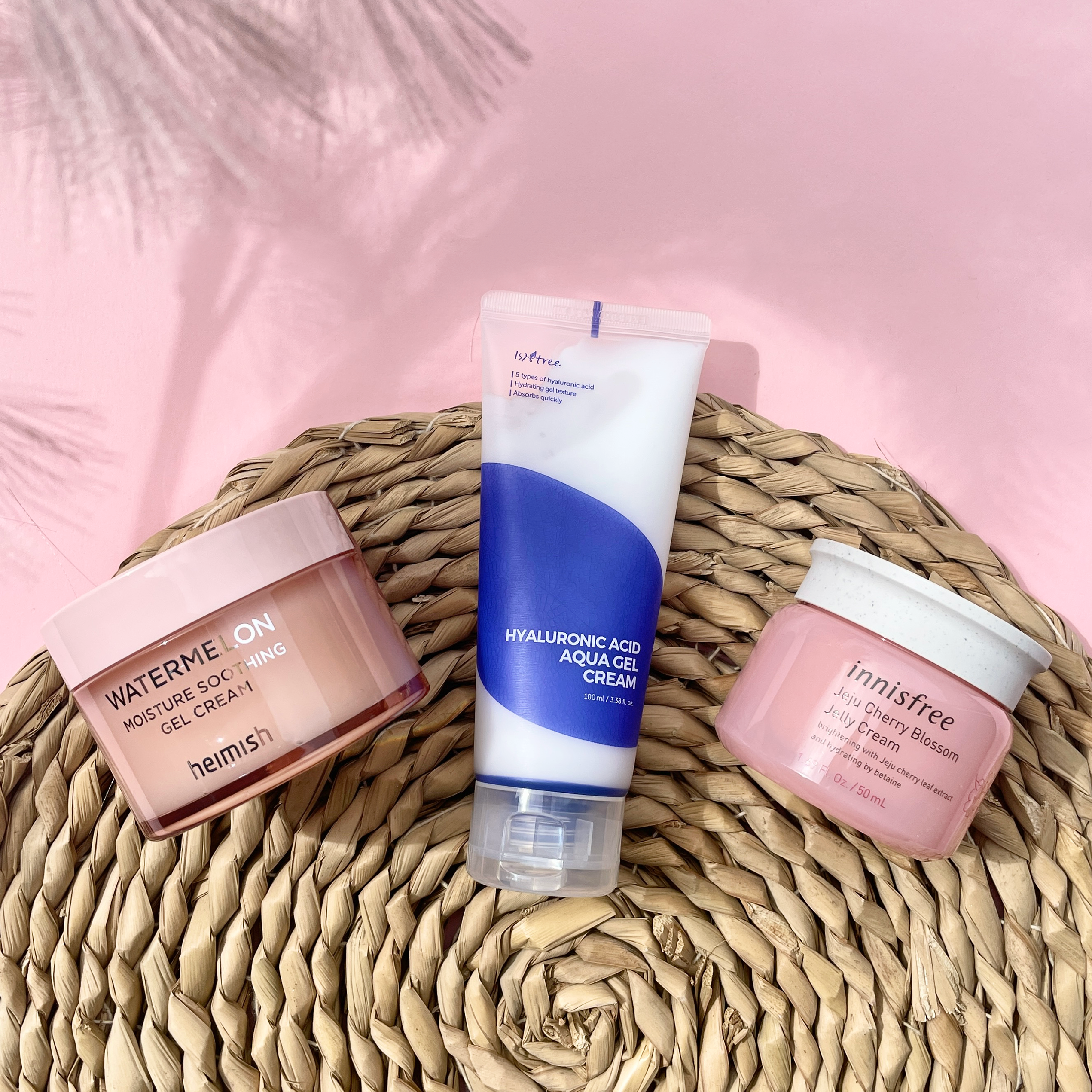


Leave a comment